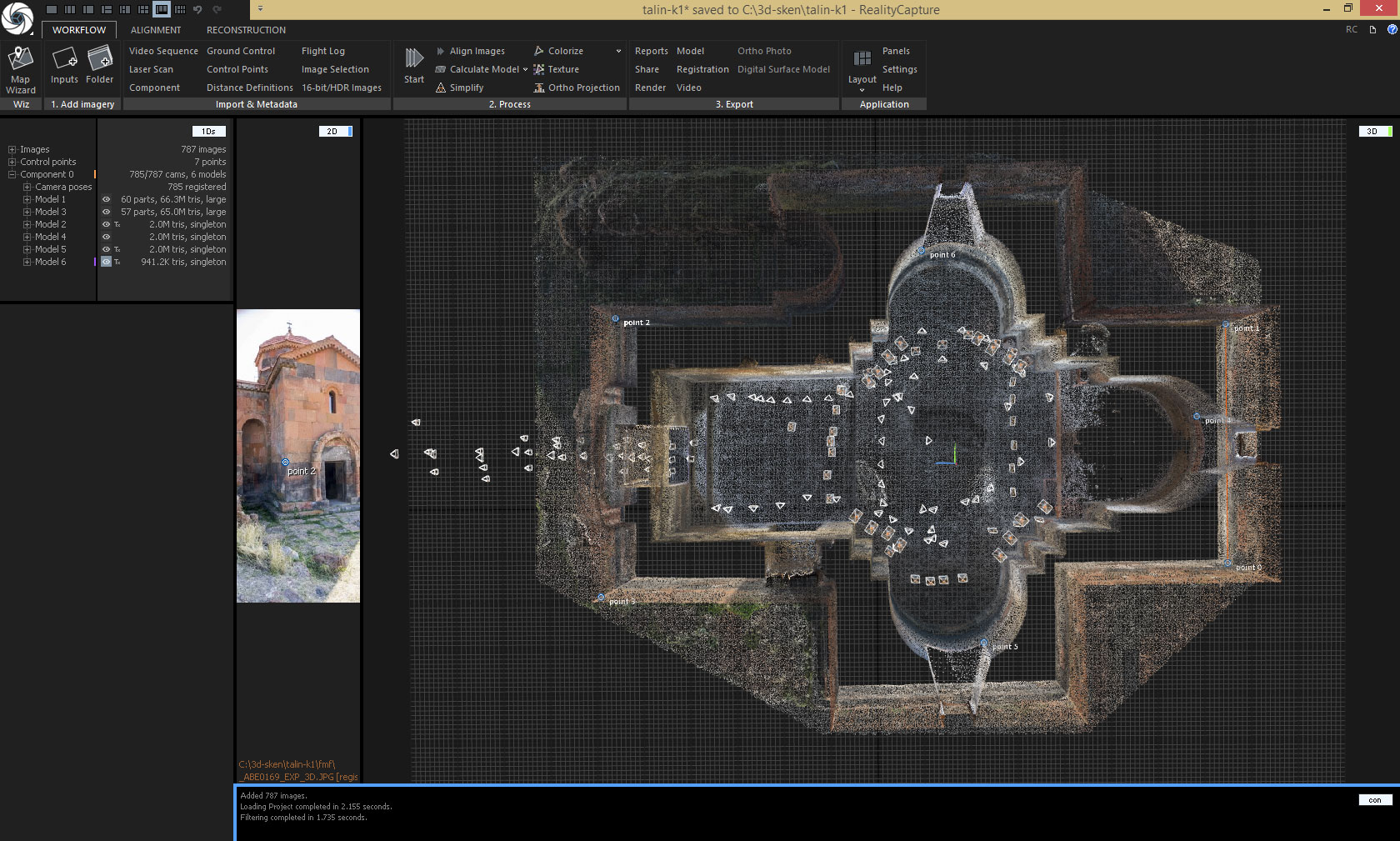
Among the company’s clients are National Geographic, UNESCO, museums across the world, designers and game developers This technology is used in gaming, the visual effects industry, engineering, medicine, cultural heritage preservation, and more. According to Quixel at Epic Games Senior Director, “since its inception” the company’s product “has been integral to the creation of Quixel Megascans”, acquired by Epic Games earlierĬapturing Reality produces photogrammetry software that allows users to translate photographed objects and laser scans into digitized 3D models

The company has previously acquired Quixel, the world’s largest photogrammetry asset library, a digital facial animation firm Hypersense, RAD Game Tools, a videogame middleware solutions company, and 3Lateral, known for developing tools to create photo-realistic 3D human body modelsĪmassing a team of experts, Capturing Reality is considered the market leader in its niche.

Joining Epic Games, Capturing Reality has lowered its pricing and licensing plans for both new and existing customersĮpic Games seeks for new technologies to incorporate into Unreal Engine and the game development industry as a whole Nonetheless, the company will continue to work with established partners beyond videogames industry that do not use Unreal Engine With such a detailed reality capture completed, the survey and pick up of individual features was safely and efficiently conducted in a virtual environment away from site.Epic Games has announced a purchase of a Slovakia-based photogrammetry software developer Capturing Reality for an undisclosed sumĮpic plans to integrate Capturing Reality’s photogrammetry software into the Unreal Engine ecosystem. Unlike conventional means of completing such works, the data capture for each site was completed in an average of 1 hour, reducing the exposure of site personnel to safety risks associated with roadside works and also reducing the disruption to road users passing by. The digitised features, accurate in geolocation to better than 50mm RMSE, were then exported to drafting software where detailed As-Built drawings were prepared for each site.ĭata capture was completed in an average of 1 hour, reducing personnel on site and disruption to road users. Then working within specialist software, Diodrone data technicians digitised the constructed features of each site, including rock fall netting, rock bolts, soil nails, retaining walls, road line markings, and guard rails.

The data was processed in photogrammetry software to develop high-density and georeferenced point clouds for each site. Over a 2 day period on site using a small multirotor drone equipped with a high resolution camera, Diodrone captured detailed photographic data for each of the sites in conjunction with a network of ground control points.


 0 kommentar(er)
0 kommentar(er)
